Early on, I was also interested in the way texts were copied, and especially how the growing need of texts in the growing university was satisfied. In this context, I profited of my close acquaintance with Louis Jacques Bataillon and the ‘Commissio Leonina’ (a commission including a team of Dominican scholars charged with the critical edition of the works of Thomas Aquinas), who had ample documentation on the subject. At the Bibliothèque du Saulchoir (connected to the Dominican convent where the ‘Commissio Leonina’ settled after leaving Grottaferrata), Bataillon showed me an old card file established by Jean Destrez (and completed by G. Fink Errera). This file concerned manuscripts containing evidence of having been copied according to the pecia system; pecia means a quire, independently copied by a scribe, while other quires of the same text were copied by other scribes, in order to speed up the production of a book. This was a minutely organised system, under the control of the stationarii or ‘stationers’, the officials authorized by the university to organise the multiplication of texts. A corrected and approved copy of a work, called exemplar, was deposited at the office of a stationer, who then rented out the quires or pecie; students or other scholars, or professional scribes hired by a master, could then copy quire by quire, as soon as the rented quires came back at the stationer’s office. Manuscripts that were copied in that way bear signs of the division into pecie, so they can be identified as copies made in the university context. The system was in use in the thirteenth century, not only in Paris but also in various other universities, like Bologna, Padova, Salamanca, Olomouc, etc. An important study of Giovanna Murano, Opere diffuse per “exemplar”e pecia (Brepols, Turnhout 2005) offers the lists of exemplars and of the taxation payed for the rent of the pecie. They show that more than 600 writings have been diffused in that way. In the second part of her book, Murano describes more than 2800 manuscripts being exemplars or pecie manuscripts (including 1800 coming from an inedited index of the card file mentioned above). Not all writings were multiplied in this way, of course. The texts related to the faculty of arts are relatively few, while for instance the pecie manuscripts of the Corpus iuris canonici or of the works of Thomas Aquinas are numerous indeed.
Louis Jacques Bataillon
Bataillon wrote several studies on the production of university texts and coedited a volume called La production du livre universitaire au moyen âge. Exemplar et pecia, containing the proceedings of a colloquium in Grottaferrata in 1983 (ed. L.J. Bataillon, B.G. Guyot, R.H. Rouse, CNRS, Paris 1988). Bataillon himself contributed to this volume with an article on the theological and philosophical texts diffused in Paris in this way. On his invitation, I wrote a review of this volume under the title « La production du livre universitaire médiéval, nouvelles recherches », published in the Revue des sciences philosophiques et théologiques in 1989 (see Publications, art. 22). It follows here:
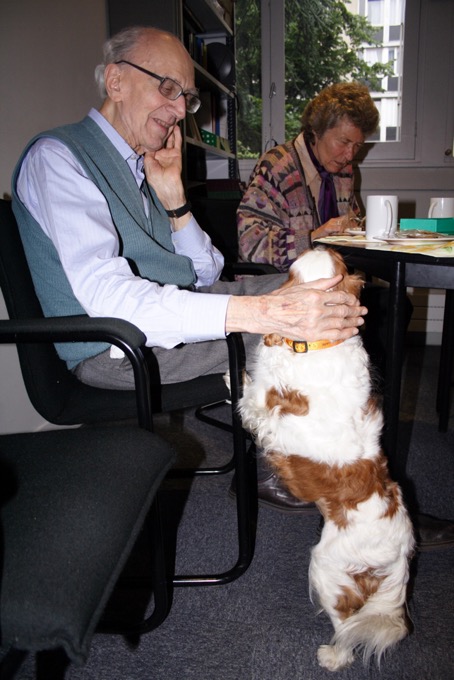
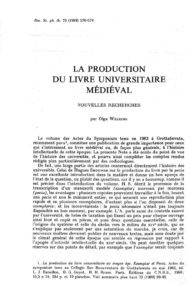
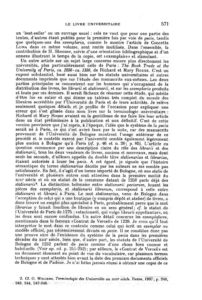
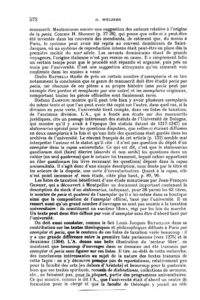
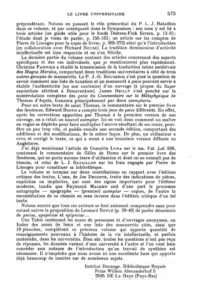
Commentaires récents